
views
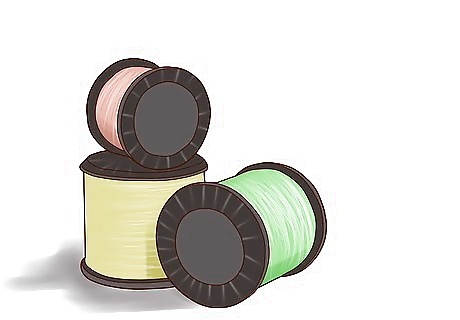
Choose the right line. Stiff line will loop off and be unruly, giving you nothing but trouble. Choose a line that says it is limp and can be cast, and stay within the pound-test guidelines on the reel itself. If the reel says it will hold 140 yards (128.0 m) of 4-pound-test, 120 yards (109.7 m) of 6-pound-test, and 100 yards (91.4 m) of 8-pound-test, don’t buy line over 8-pound-test. If you need stronger line than that, get a different reel.
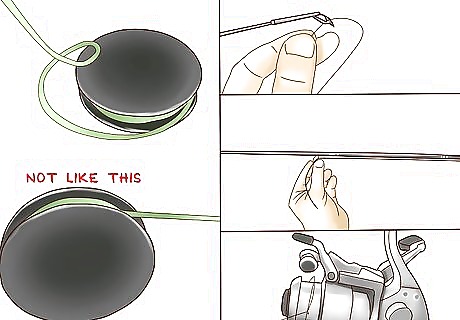
Put the spool of line on the floor, label up. Run the line through the guides on the rod to the reel with the bail open and tie it tightly to the spool. If you use a regular overhand square knot, pass the end through twice instead of just once – it will help keep the line tight on the spool. Close the bail.
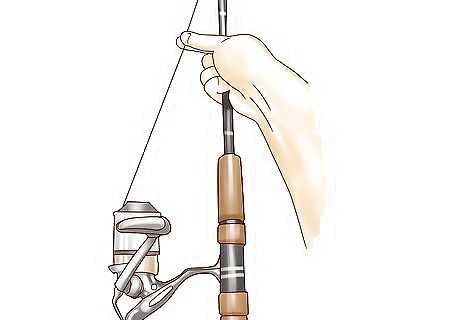
Hold the line between your fingers about a foot in front of the reel while you wind the handle to put line on the reel. After a few seconds, lower the rod toward the spool of line. If the line kinks up and twists, turn the spool over so the label is toward the floor and start again. It’s normal for it to make big loops – what you’re watching for is twisting.

Keep pressure on the line in front of the reel while you turn the reel handle to fill it. Do NOT overfill the spool. Leave between an eighth and a quarter inch of the rim showing. Overfilling is a major cause of looping and problems with spinning reels.
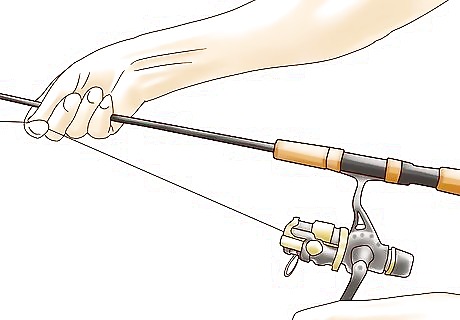
Keep the line taut. After you make a cast with a spinning reel, use your fingers in front of the reel to put tension on the line until the weight of the lure in the water puts a bit of tension on it. Reeling in loose line is a sure-fire way to get loops on your spool. Once the line is taut you can let go and reel normally.

Use a swivel in front of the lure if you are using lures that typically cause twisting. Plastic worms, inline spinners (Mepps, etc.) and spoons often cause twist and will benefit from a swivel.
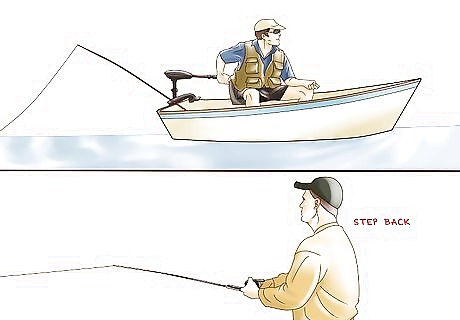
Untwist the line. If you do get some line twist, the line will twist up as you reel it in, causing loops all over the spool and making it difficult to cast. If this happens: Take the lure off and simply let the line out behind the boat as you travel down the lake. Let as much line out as you can, and when you stop, wind it back on. Be sure to hold it taut while you wind it on. Another solution is to tie the end of your line to something, then walk away while letting the line out. Pull on the line when you get enough off, to stretch the line slightly and remove kinks. Cut the end of the line free before re-winding it back onto the reel. Don’t stretch the line too much or you will weaken it. Just put a little pressure on it.

Set the drag. The drag is the mechanism that allows line to spool off with the bail closed. This lets line off slowly if a big fish bites, so that it doesn’t break the line. To set the drag, leave the bail closed and pull on the line in front of the reel. It should take a fair amount of pressure to make the line come out. If you catch a small fish and it takes the drag out, tighten it. If a big fish starts to pull real hard and you think the line is going to break, loosen the drag. Simple as that. Some spinning reels have the drag knob in front and some are in back. Get familiar with your reel before you go out. Stop reeling if you are fighting a fish and the drag is going out. Reeling while the drag is going out will twist your line, and it is futile anyway. Use your hand on the spool to get control over the fish, or tighten the drag if you need to. The best way to set your drag is to use a scale and set it to 25% of the strength of the line. The scales are expensive, but some tackle shops have them. The pull and feel method works just fine for a fun-fisherman.
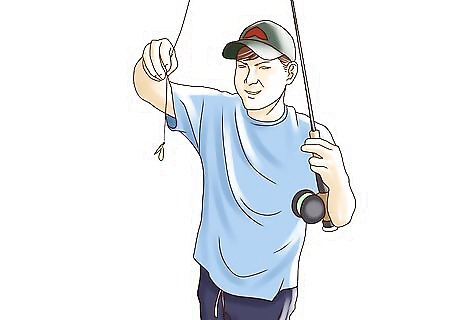
Feel your line near the lure for nicks and frays every once in a while when you are fishing. If you feel any, cut off above the rough spots and re-tie.



















Comments
0 comment